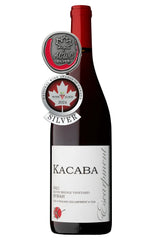Sweet Red Wine
Sweet red wines have a special place in Canada's wine scene, offering an easy to drink alternative to the typical reds wines. At My Wine Canada, we've curated a collection that showcases the best sweet and semi-sweet red wines from across our vineyards. These bottles balance sweetness to please newcomers and complexity for any experienced wine lovers.
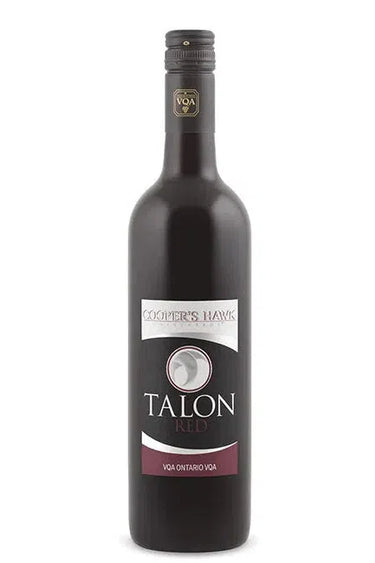
Aperçu rapide 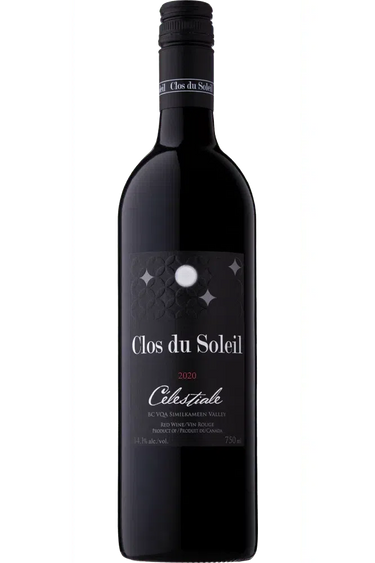
Aperçu rapide 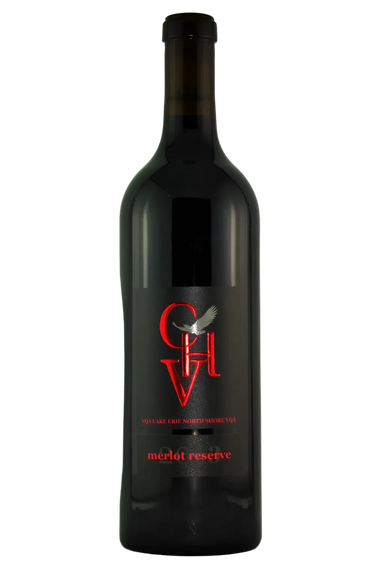
Aperçu rapide 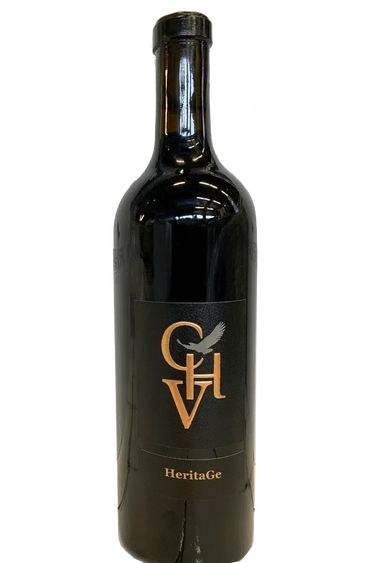
Aperçu rapide 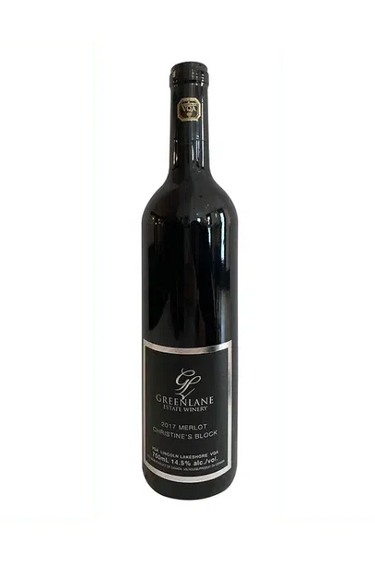
Aperçu rapide 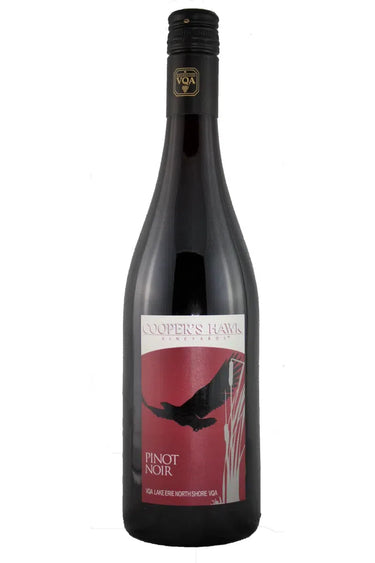
Aperçu rapide 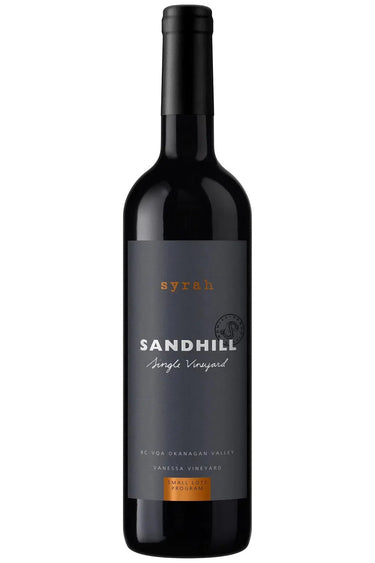
Aperçu rapide 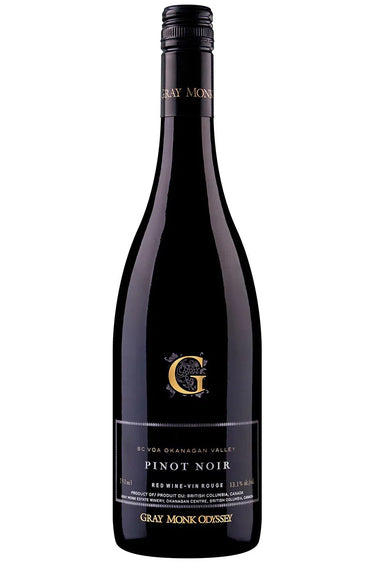
Aperçu rapide 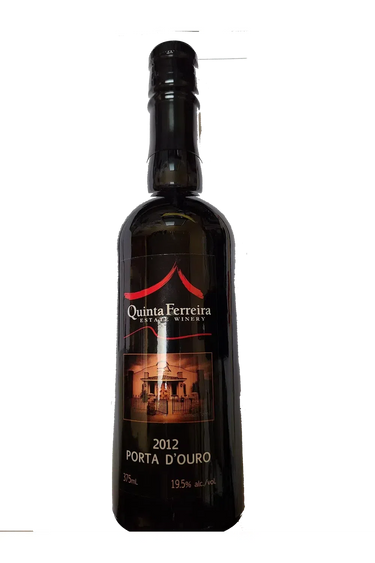
Aperçu rapide 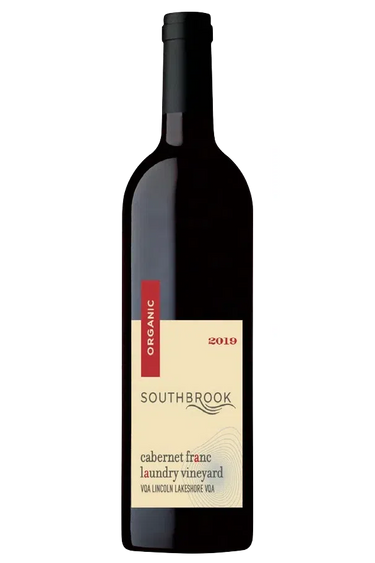
Aperçu rapide 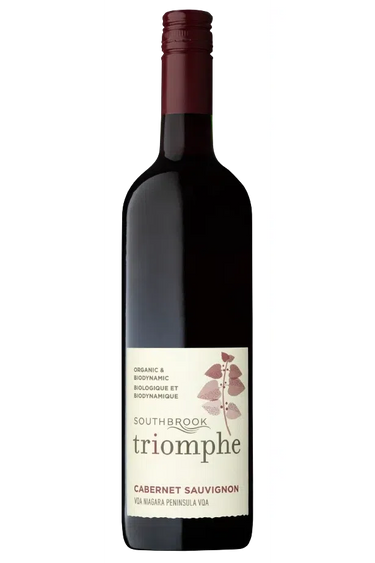
Aperçu rapide - Bronze Medal
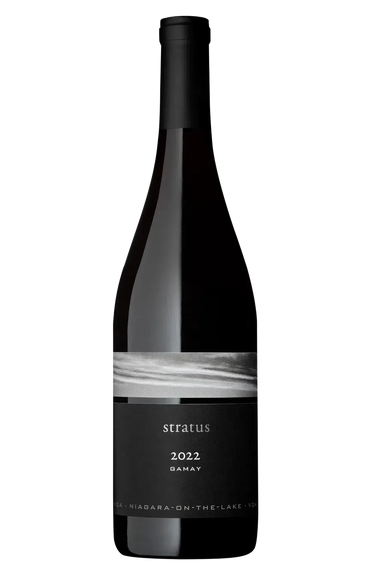
Aperçu rapide 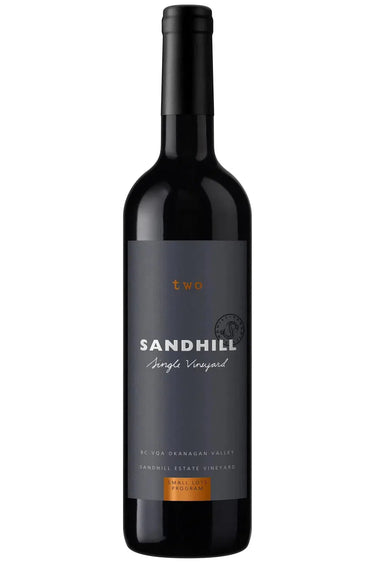
Aperçu rapide 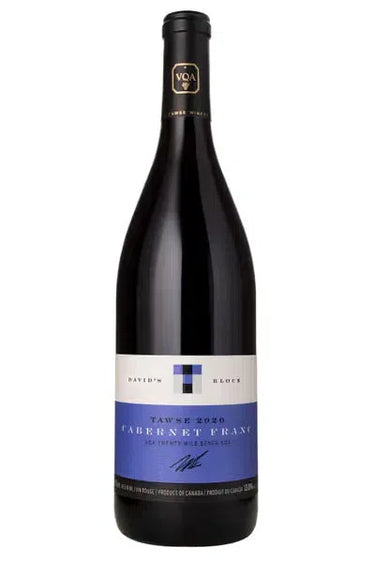
Aperçu rapide 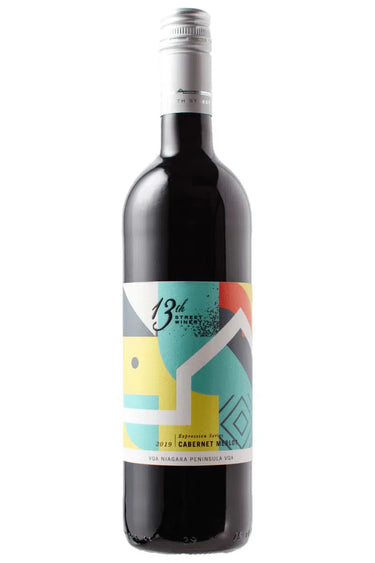
Aperçu rapide 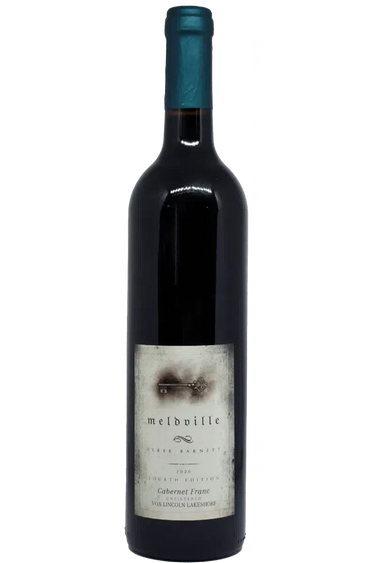
Aperçu rapide 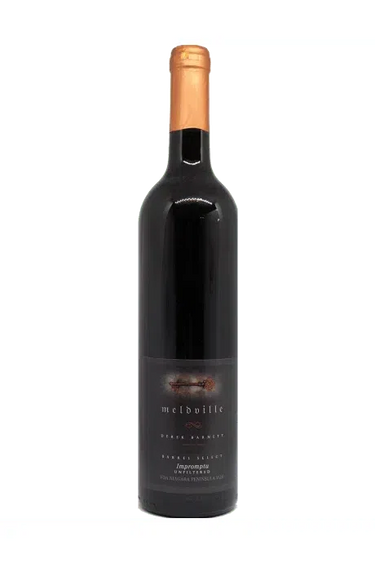
Aperçu rapide 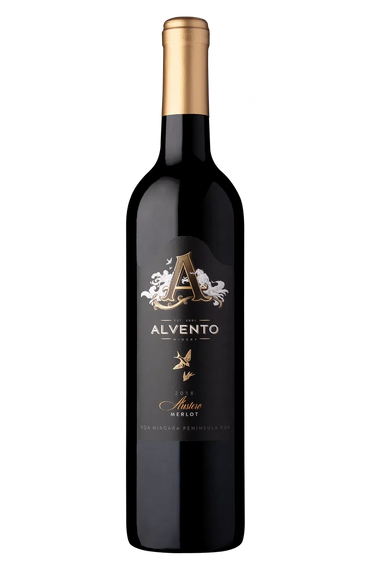
Aperçu rapide 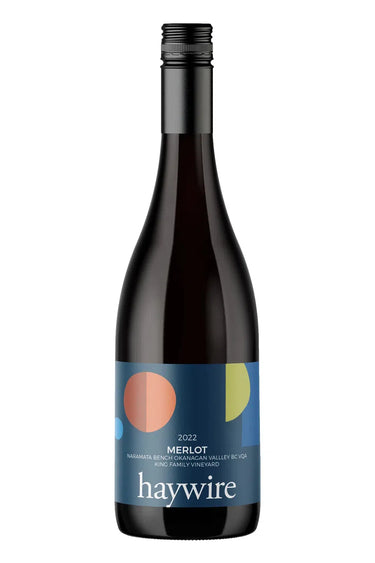
Aperçu rapide 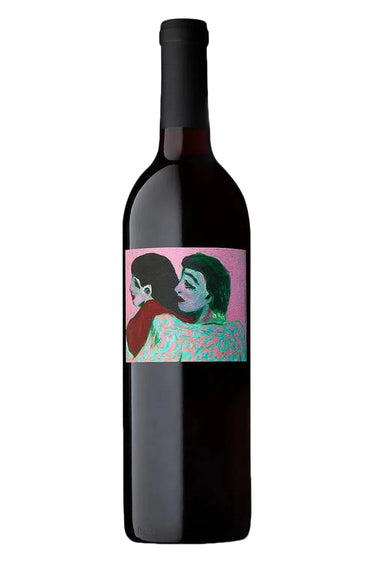
Aperçu rapide -
Discover Sweet Red Wines in Canada
Sweet red wines offer a delightful entry point into the world of reds, balancing fruity notes with just enough sweetness to charm your palate. Sweet red wines get their characteristic flavor profile from residual sugar, the natural grape sugars that remain after fermentation stops.
How Winemakers create sweet reds?
Canadian winemakers create sweetness through several methods:
- Early fermentation stopping: Halting the yeast before it converts all sugar to alcohol
- Late harvesting: Picking grapes when sugar levels peak
- Freezing on the vine: For ice wines, allowing water to freeze while concentrating sugars
- Noble rot: In some cases, allowing beneficial Botrytis fungus to develop
The sweetness level in wine is measured by grams of sugar per liter. Wines with over 30g/L fall into the sweet category, with some dessert wines reaching a whopping 150g/L. What makes Canadian sweet reds special isn't just their sugar content but how winemakers balance it with acidity for a harmonious flavor profile.
How Canadian Climate Shapes Sweet Red Varietals
Canada's cool climate creates ideal conditions for producing distinctive sweet red wines. Our northern latitude presents both challenges and opportunities. The cold Canadian winters create perfect conditions for icewine production, allowing grapes to freeze naturally on the vine before harvesting. This concentrates sugars and creates intensely flavored wines with balanced sweetness. Regions like the Niagara Peninsula, Okanagan Valley, and Nova Scotia have emerged as sweet wine powerhouses, each imparting unique regional characteristics to their products.
Are Sweet Red Wines for Beginners?
Sweet red wines offer an ideal entry point for wine newcomers. Their approachable flavor profiles with prominent fruit notes and balanced sweetness make them less intimidating than their drier counterparts.
The magic of sweet red wines lies in their balance. The best ones maintain harmony between sweetness and acidity—preventing them from becoming too sweet. When you take your first sips as a beginner you might notice only a blend of fruity spicy or earthy notes. But as your palate develops you'll start identifying specific flavors like plums cherries blackcurrants vanilla and even the subtle tannins that give structure to the wine. This balance makes sweet reds perfect stepping stones—they deliver enough complexity to be interesting without overwhelming new wine drinkers.
Why Canadian Sweet Reds Are Turning Heads Internationally
Unlike the sometimes super sweet wines found elsewhere, Canadian wines maintain vibrant acidity that cuts through the sugar. The unique climatic conditions across Canada create sweet reds with remarkable balance. What truly sets them apart is their food-friendly versatility. While many international sweet reds struggle to pair beyond dessert courses Canadian versions maintain enough acidity and structural elements to complement savory dishes making them more appealing to global markets seeking wines with culinary flexibility.
Frequently Asked Questions
What makes red wines sweet?
Sweet red wines get their sweetness from residual sugar left after fermentation stops. Canadian winemakers achieve this through methods like early fermentation stopping or late harvesting. Wines with more than 30g of sugar per liter are classified as sweet. The best sweet reds balance their sweetness with acidity to prevent a cloying taste.
What foods pair well with sweet red wines?
Sweet red wines pair excellently with spicy Asian dishes, where the sweetness balances the heat. They also complement chocolate desserts and rich cheeses. Canadian sweet reds are particularly versatile, pairing well with savory dishes better than many international counterparts. This culinary flexibility makes them increasingly popular in global markets.
Are all sweet red wines low quality?
No, many sweet red wines are high quality and gaining international recognition. Canadian sweet reds in particular are acclaimed for their remarkable balance and vibrant acidity.
How sweet are dessert red wines compared to regular sweet reds?
Dessert red wines typically contain significantly more sugar than regular sweet reds. While sweet red table wines might have 30-50g of sugar per liter, dessert wines like Port or ice wine can contain 100-200g per liter. Dessert wines are specifically crafted to be consumed in smaller portions, often as an accompaniment to dessert or as a dessert themselves.

